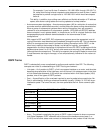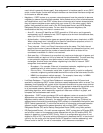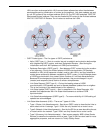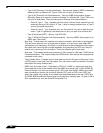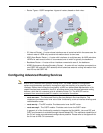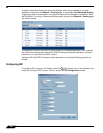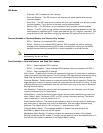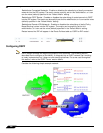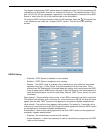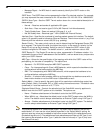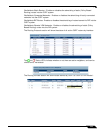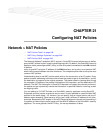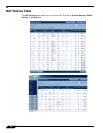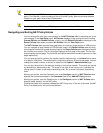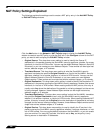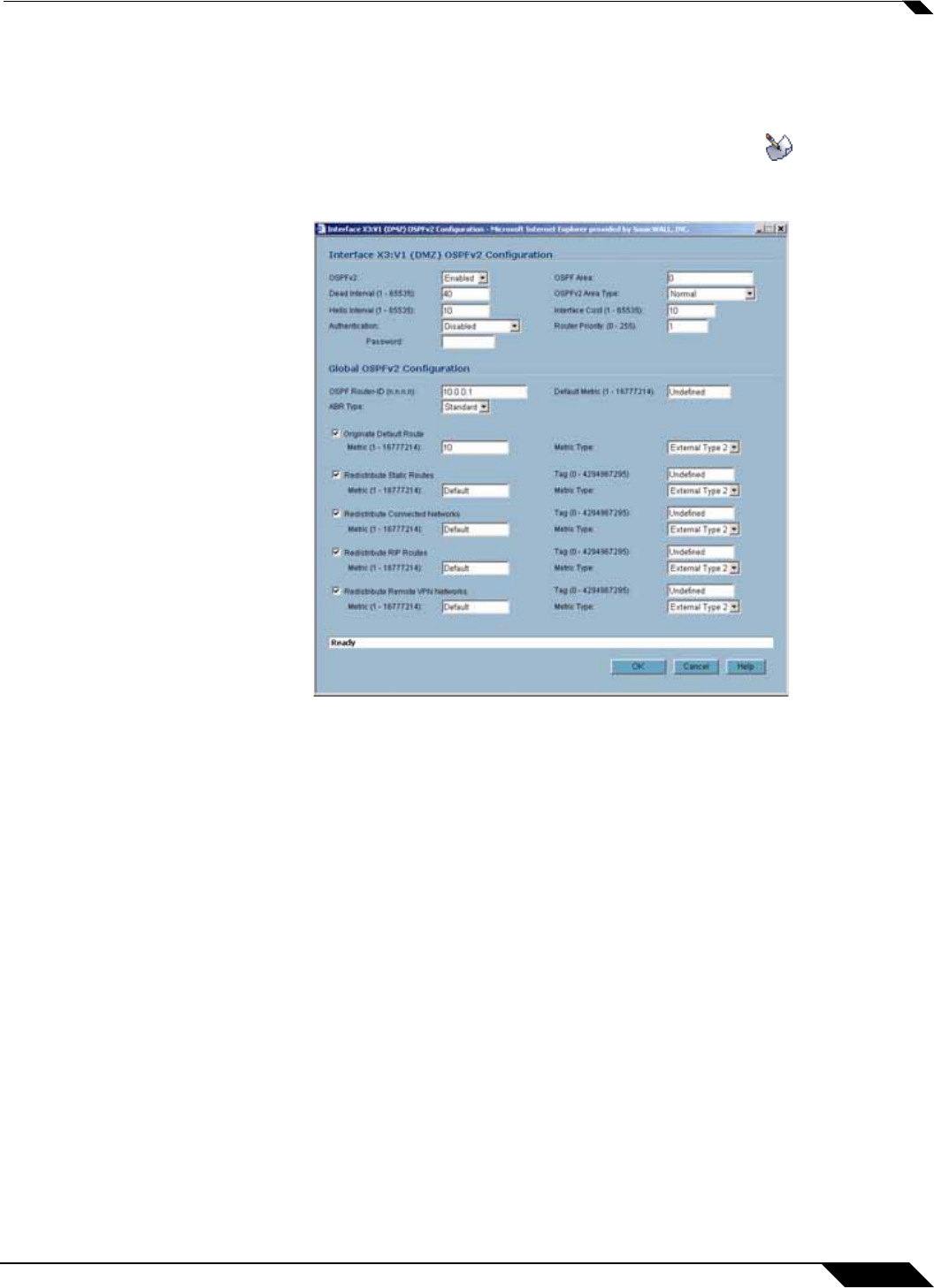
Network > Routing
241
SonicOS Enhanced 4.0 Administrator Guide
The diagram illustrates an OSPF network where the backbone (area 0.0.0.0) comprises the X0
interface on the SonicWALL and the int1 interface on Router A. Two additional areas, 0.0.0.1
and 100.100.100.100 are connected, respectively, to the backbone via interface int2 on ABR
Router A, and via the X4:100 VLAN sub-interface on the SonicWALL.
To configure OSPF routing on the X0 and the X4:100 interfaces, select the (Configure) icon
in the interface’s row under the “Configure OSPF” column. This will launch the following
window:
OSPFv2 Setting
• Disabled – OSPF Router is disabled on this interface
• Enabled – OSPF Router is enabled on this interface
• Passive – The OSPF router is enabled on this interface, but only advertises connected
networks using type 1 LSA’s (Router Link Advertisements) into the local area. This is
different from the ‘Redistribute Connected Networks’ options, which would cause the OSPF
router to behave as an ASBR, and to use type 5 LSA’s (AS External Link Advertisement) to
flood the advertisements into all non-stub areas. See the ‘OSPF Terms’ section for more
information.
Dead Interval – The period after with an entry in the LSDB is removed if not Hello is received.
The default is 40 seconds, with a minimum of 1 and a maximum on 65,535. Be sure this value
agrees with the other OSPF routers on the segment for successful neighbor establishment.
Hello Interval – The period of time between Hello packets. The default is 10 seconds, with a
minimum of 1 and a maximum on 65,535. Be sure this value agrees with the other OSPF routers
on the segment for successful neighbor establishment.
Authentication - Be sure this setting agrees with the other OSPF routers on the segment for
successful neighbor establishment.
• Disabled – No authentication is used on this interface.
• Simple Password – A plain-text password is used for identification purposes by the OSPF
router on this interface.



